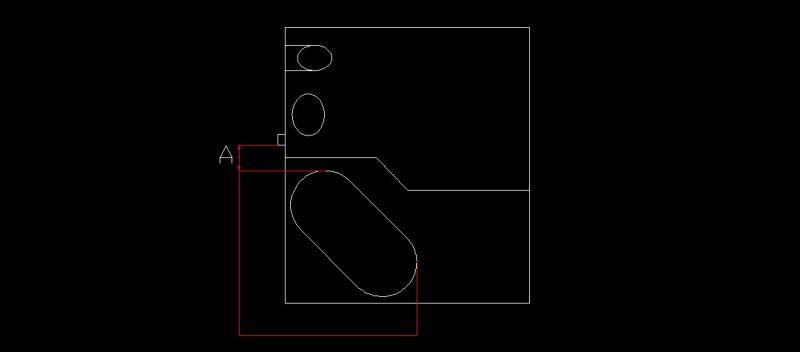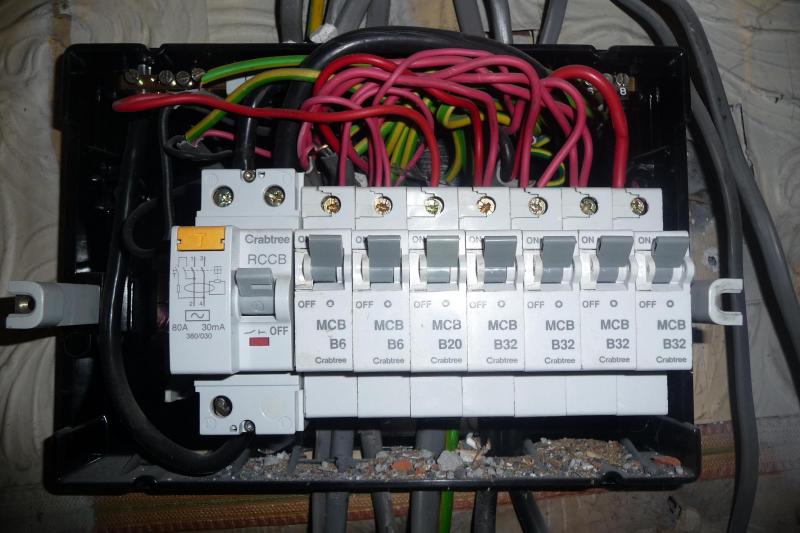Hi,
We are wanting to install a shaver socket and was intending to run the cable up the wall and across to the ceiling rose as advised by our electrician (although I sometime think that qualified sparks don't always follow code).
However, our bath is an open claw foot thing and is positioned diagonally across the room. How are the zones affected by this placement?
I have also read lots of contradictory comments regarding how these things should be wired. Should they be wired through a fused switch - in which case we would need to run cable up the wall then to an outside point then to a lighting main. Should they be protected by RCD (although the whole CU is protected via an RCCB).
We are wanting to install a shaver socket and was intending to run the cable up the wall and across to the ceiling rose as advised by our electrician (although I sometime think that qualified sparks don't always follow code).
However, our bath is an open claw foot thing and is positioned diagonally across the room. How are the zones affected by this placement?
I have also read lots of contradictory comments regarding how these things should be wired. Should they be wired through a fused switch - in which case we would need to run cable up the wall then to an outside point then to a lighting main. Should they be protected by RCD (although the whole CU is protected via an RCCB).




